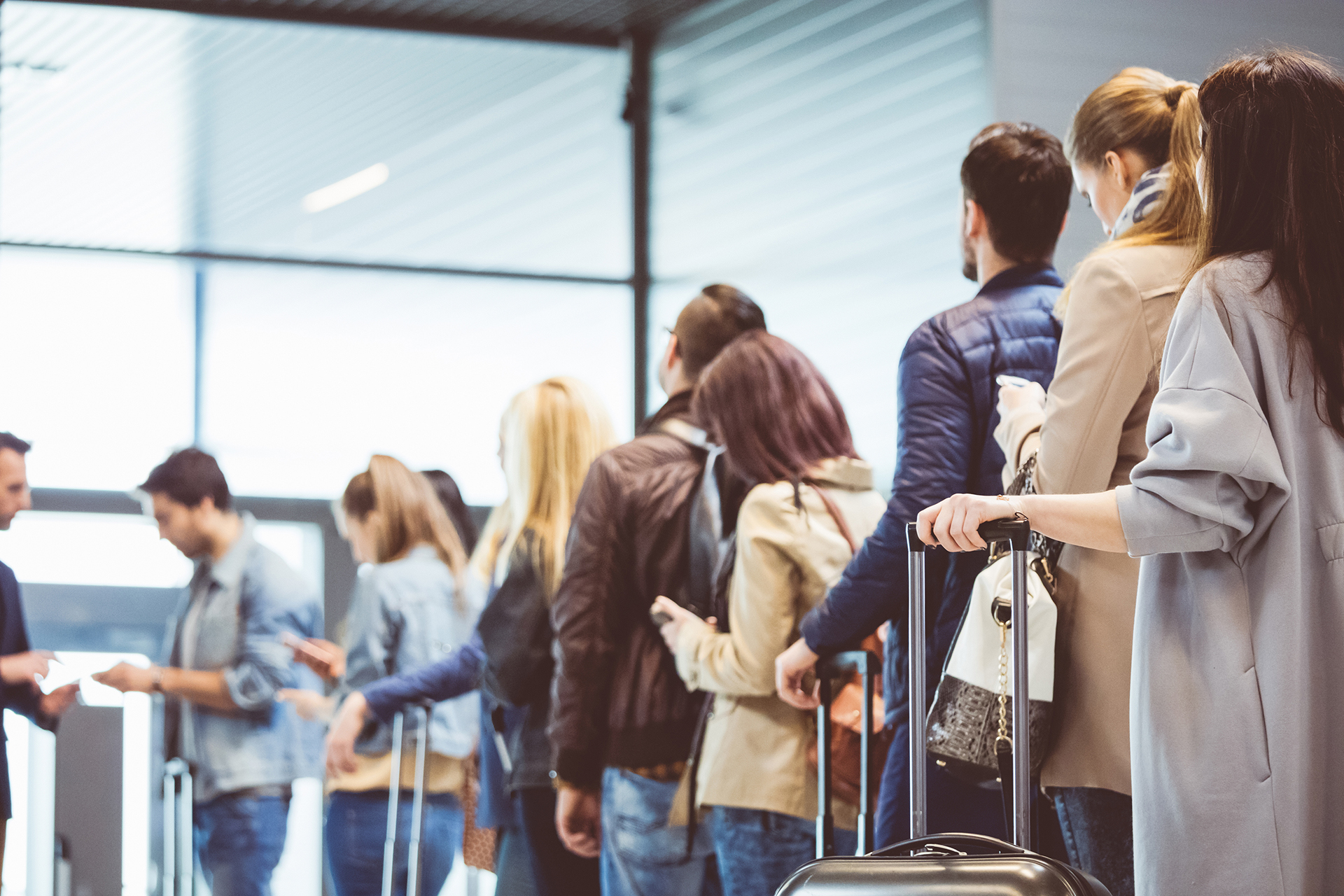The airline industry is undergoing a significant transformation as it adapts to the evolving needs of passengers. The COVID-19 pandemic has underscored the vital importance of the freedom to fly, reminding us of how integral air travel is to our lives. People travel for a multitude of reasons beyond mere transportation: to visit family and friends, conduct business, explore new destinations, and even embark on new life journeys.
Consequently, passengers have diverse needs when it comes to flying and purchasing services both before and during their travels. This evolution in passenger expectations presents both challenges and opportunities for the airline industry, particularly in the realm of payment solutions, as it strives to meet the varied demands of its customers.
Airlines have embarked on a journey to enhance customer centricity by modernising how they construct offers through the New Distribution Capability (NDC). This initiative marks the first step in a broader transformation, known as Modern Airline Retailing. Airlines are now focusing on developing a comprehensive flow of Offers and Orders, which will replace legacy artefacts such as Passenger Name Records (PNRs), Electronic Miscellaneous Documents (EMDs), and e-tickets. This shift aims to enable airlines to become true digital retailers, providing an optimised and personalised customer experience.
What are the key challenges that airlines face regarding payment processing and fraud prevention?
Payment is a crucial aspect of the commercial relationship between airlines and their customers. Without successful payment transactions, sales cannot be completed. While debit and credit cards remain the most prevalent payment instruments in the airline industry, travellers increasingly expect airlines to also support a variety of regional and local payment methods. These expectations vary significantly by region.
Most card payment messages are still based on ISO 8583, a standard introduced in the 1980s. It has been the industry’s “workhorse” for a long time, but it is getting increasingly difficult to incorporate new data sets. Additionally, each new digital payment instrument also tends to come with its own communication protocol, adding further complexity. This compounded complexity can negatively impact airlines’ payment processing and support functions, ultimately affecting the customer experience. According to feedback from IATA airline members, implementing an additional payment instrument can take from nine to twelve months.
Edgar, Dunn & Company estimates in its 2022 whitepaper, Airline Payment Cost and Revenue Study, that airline annual payment costs amount to USD 20.3 billion. While the introduction of strong customer authentication measures has significantly reduced payment fraud in the regions where these have been implemented, the effectiveness of these measures for new payment instruments remains uncertain due to limited experience.
As travel expenses rise, what trends do you foresee shaping the future of travel payments?
According to the 2023 IATA Global Passenger Survey, 38% of the surveyed passengers expressed dissatisfaction with the lack of flexibility in airline payment offerings, and 25% did not purchase additional services due to payment issues. Additionally, differences in customer expectations are also evident between age groups within the same country. For example, younger generations prioritise simplicity and speed when using a payment instrument, whereas older generations favour using a secure service – as highlighted in GlobalData’s Online Consumers Payment Analytics 2023. Consequently, airlines are under growing pressure to expand their range of supported payment instruments to meet customer expectations and enhance the overall travel experience.
These challenges and opportunities highlight the need for airlines to modernise their payment capabilities and systems to meet evolving customer expectations and enhance their operational efficiency. A wider harmonisation, modernisation and standardisation of the ageing card payment messages with payment protocols for new digital payment instruments could enable these innovations.
In the broader context of the travel industry, how can companies enhance customer-centricity through payments, and what strategies is IATA advocating for?
Enhancing customer centricity through payment involves several strategic actions by airlines. Continuously listening to customers helps understand their needs. This can be achieved through segmentation, considering factors such as geography and travel purpose (leisure vs. corporate). Offering diversified and personalised payment options is crucial, as is considering all sales channels, including direct-to-customer, intermediated sales, and on-the-go transactions. Developing a medium-term plan and anticipating future needs is essential, as is adapting organisational structures and resources to support this strategy. Payment is ripe for change, and ignoring current trends and potential disruptions could lead to disintermediation and value loss for airlines.
Integrating payment considerations into commercial strategies and retailing transformations is a key success factor. Implementing a robust cybersecurity framework is vital to protecting customer data and preventing fraud. Ensuring optimised and frictionless payment transactions enhance the customer experience.
The Modern Airline Retailing initiative leverages payment diversification and optimisation to respond to evolving customer needs. It aims to integrate payment across all touchpoints of the customer journey. Additionally, the Airline Payment Index, developed by IATA and available to all airlines, empowers airlines to assess their own situation and the performance of their payment and settlement foundations, creating conditions for value creation in payment, settlement, and distribution.
How is IATA working to integrate sustainability initiatives into air travel, particularly in response to increasing customer demand for environmentally friendly practices?
In 2021, the aviation industry set a goal to achieve net zero CO2 emissions by 2050. This ambitious target aims to decarbonise aviation while maintaining its crucial role in global connectivity and commerce. The industry’s strategy focuses on reducing CO2 emissions through various in-sector solutions. These include the use of sustainable aviation fuels (SAF), advancements in aircraft technology, more efficient operations and infrastructure, and the development of new zero-emissions energy sources like electric and hydrogen power. For emissions that cannot be eliminated at the source, IATA supports out-of-sector options such as carbon capture and storage and credible offsetting schemes…



